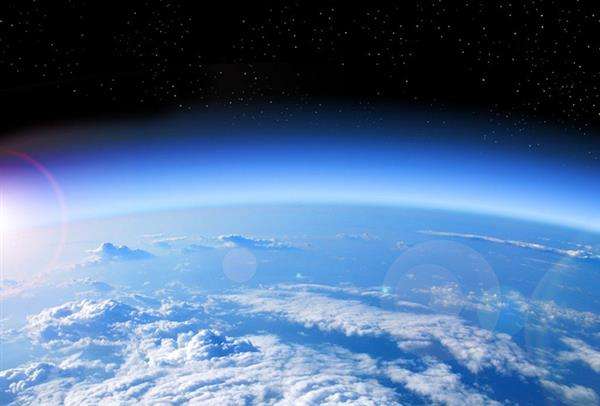Air is deceptive stuff. Even at sea level, we tend to think of the air as being ethereal and all but weightless. In fact, it has plenty of bulk, and that bulk often exerts itself. As a marine scientist named Wyville Thomson wrote more than a century ago: "We sometimes find when we get up in the morning, by a rise of an inch in the barometer, that nearly half a ton has been quietly piled upon us during the night, but we experience no inconvenience, rather a feeling of exhilaration and buoyancy, since it requires a little less exertion to move our bodies in the denser medium." The reason you don't feel crushed under that extra half ton of pressure is the same reason your body would not be crushed deep beneath the sea: it is made mostly of incompressible fluids, which push back, equalizing the pressures within and without.

But get air in motion, as with a hurricane or even a stiff breeze, and you will quickly be reminded that it has very considerable mass. Altogether there are about 5,200 million million tons of air around us—25 million tons for every square mile of the planet—a not inconsequential volume. When you get millions of tons of atmosphere rushing past at thirty or forty miles an hour, it's hardly a surprise that limbs snap and roof tiles go flying. As Anthony Smith notes, a typical weather front may consist of 750 million tons of cold air pinned beneath a billion tons of warmer air. Hardly a wonder that the result is at times meteorologically exciting.












